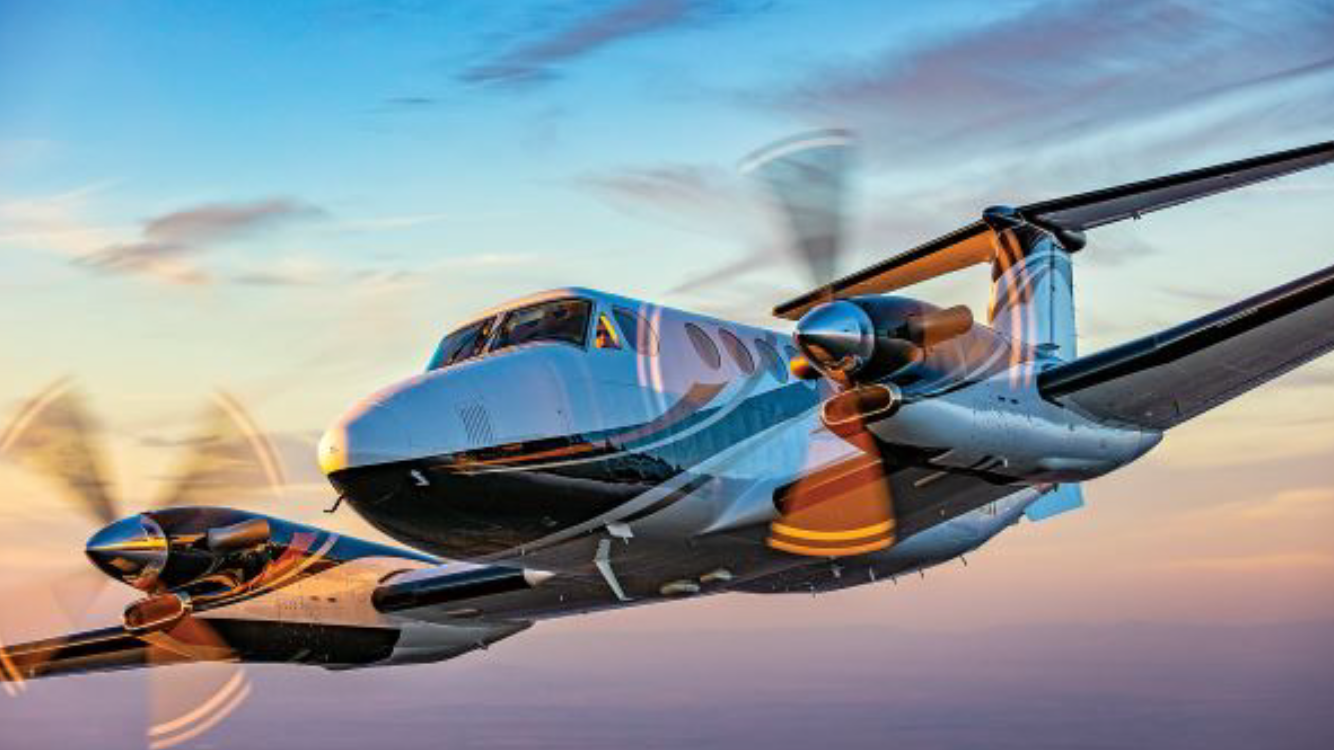Colombo, February 23
Sri Lanka is now taking a greater interest in keeping a watch over its maritime domain in the context of mounting pressure from India and the US to enhance its maritime defense capabilities and become a meaningful participant in the defense of the Indian Ocean and Indo-Pacific regions.
Though the surveillance Sri Lanka is planning is not aimed at Chinese intrusions into the Indian Ocean Region as it is in the case of the US and India, the island nation has realized the need to safeguard itself from other threats such as drug and human smuggling, illegal fishing and sea-borne terrorist movement.
While the Sri Lankan navy enhanced its budget, the Sri Lankan Air Force (SLAF) chief Air Marshal Sudharshana Pathirana had made a request to the US to supply two modern maritime surveillance aircraft – the Beechcraft 360 ER.
Responding favorably, the US Department of Defense (DOD) will deliver, free of cost twoBeechcraft 360 ERs. A twin-turboprop aircraft produced by Textron Aviation, this light transport aircraft will incorporate next generation technologies worth millions. The first aircraft will be delivered in late 2022 or early 2023. The project will be completed in September 2025 after the delivery of the second aircraft.
Challenges in Maritime Domain
In a paper written for the Kotalawala Defense University Capt. Rohan Joseph SLN, says that the sensors and platforms the Sri Lanka Navy (SLN) is in possession are only capable of conducting maritime surveillance in the near shore areas and up to a certain extent in the Exclusive Economic Zone (EEZ).
But the Lankan ocean space is vast. It comprises an EEZ that is seven times larger than the land area. The continental margin is around 21 times larger, and a search and rescue region around 27 times larger than the land area.
“There is a need to introduce additional platforms in the navy, incorporate advanced maritime surveillance sensors/equipment, form a cooperative strategic maritime surveillance architecture with regional as well as other partners, fuse and share vital sensory information with regional navies and maritime law enforcement agencies,” he points out.
Submarines/Air Surveillance
Joseph notes that Sri Lankan naval platforms which are capable of operating in deep seas number about. The navy’s Maritime Strategy 2025 document looks at forming a 25 ship navy by 2025 mainly comprising frigates and offshore patrol vessels. But the navy does not have a single underwater vessel or sensors which are capable of detecting submarines at a considerable range. Joseph points out that except Sri Lanka, all nations in the neighborhood have acquired submarines. The latest to acquire a three dimensional force is Bangladesh.
And the Lankan Air Force does not have a single dedicated long range maritime patrol air craft to carryout air surveillance covering the vast ocean space. Thus, the Lankan authorities have “no clue whatsoever about what is taking place or who is out there in the areas where no surveillance is available,” Joseph says.
Sri Lankan navy’s maritime apprehensions have been primarily in the territorial waters or in the EEZ. However, when one looks at the human smuggling arrests made in the deep seas, they had resulted from high level of bilateral cooperation with Australia.
All the technological requirements for operating in the high seas can be met by regional and extra-regional cooperation. This is already taking place, to an extent. The Lankan navy will be the key agency with the establishment of a regional Maritime Rescue Coordinating Centre (MRCC) at Colombo. Joint exercises are being held with regional navies at regular intervals especially with India.
But regional cooperation is not a full answer to the question. Sri Lanka should do its part, especially because of its strategic location in the Indian Ocean. This is also an expectation from the cooperating powers like the US and India.
The Navy is now second in the armed forces’ pecking order in Sri Lanka. According to Jane’s, as per the Appropriation Bill of 2022, the Army would get the lion’s share – LKR 188.1 billion, a year-on-year increase of 11%. The Navy would get LKR 63.9 billion, an increase of 4%, and the Air Force gets LKR 56 billion, an increase of 8.5%. As for capital expenditure, the Air Force would receive LKR 15 billion, while the navy and army would get LKR 9.2 billion and LKR 7.4 billion respectively.
The navy has acquired ocean-going petrol vessels from India and will now be acquiring Beechcraft 360ERs from the US.
By seeking Beechcraft 360ER from the US and conducting regular exercises with the Indian navy, Sri Lanka will not only be keeping its relations with the US and India on an even keel, while having good relations with China, but also safeguarding its own defense interests by keeping a watchful eye on happenings in the seas around it.
Sri Lanka is playing a delicate balancing act between the US and India on the one hand, and China on the other, to get the best from both.





